The Most Complete Guide to 1n4007 Diode
A diode is a device that only permits one direction of current flow. To put it another way, the current must always go from the anode to the cathode. You can spot the cathode terminal using a grey bar, as seen in the image above. We will introduce the 1n4007 diode pinout, specifications, datasheet, and features in this post.
Catalog
Ⅰ What is the 1N4007 diode?
The 1N4007 is a type of general-purpose silicon rectifier diode with a 1 A current rating that is frequently found in AC adapters for everyday home appliances. It is an inefficient rectifier diode for square waves above 15 kHz, making it a rather low-speed device. The 1N4007 diode has a molded plastic housing and functions as a typical recovery rectifier. It can resist peak currents of up to 30A and has a maximum current carrying capacity of 1A. Therefore, this diode can be used in circuits rated for less than 1A. Although the reverse current is minuscule (5uA), it can endure a reverse voltage peak of up to 1000V.
Ⅱ 1N4007 Diode Pinout
The 1N4007 diode's pinout is not very complicated. The cathode is connected to the ground or a negative voltage source, whereas the anode is connected to a positive voltage source. Note that this gadget should never be used with reverse polarity because doing so could permanently harm the device.
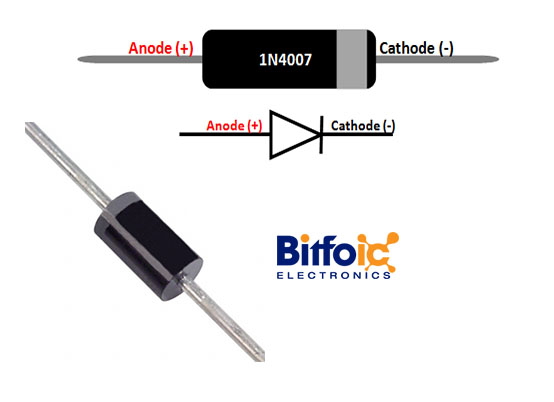
Figure1-Diode pinout
Ⅲ Pin Configuration
|
Pin No. |
Pin Name |
Description |
|
1 |
Anode |
Current always Enters through Anode |
|
2 |
Cathode |
Current always Exits through Cathode |
Ⅳ 1N4007 Diode specifications
- Vr – Reverse Voltage, 1000 V
- If – Forward Current, 1 A
- Type, Standard Recovery Rectifiers
- Configuration, Single
- Vf – Forward Voltage, 1 V
- Max Surge Current, 30 A
- Ir – Reverse Current, 5 uA
- Minimum Operating Temperature, – 65 C
- Maximum Operating Temperature, + 150 C
- Diffused Junction
- High Current Capability and Low Forward Voltage Drop
- Surge Overload Rating to 30A Peak
- Low Reverse Leakage Current
- Lead-Free Finish, RoHS Compliant
Ⅴ 1N4007 Equivalent Diodes
1N4148, 1N4733A, 1N5408, 1N5822, Zener Diodes
Ⅵ Applications of Diode
- Can be used to prevent reverse polarity problem
- Half Wave and Full Wave rectifiers
- Used as a protection device
- Current flow regulators
Ⅶ Where to Use 1N4007 Diode?
A widely used rectifier diode is the 1N4007 diode. It is utilized in a wide range of applications, including pulse generators, motor controllers, and power supplies. The 1N4007 is suitable for use in high-voltage circuits because it can handle voltages of up to 1000V. Additionally, it is perfect for DC-to-DC converters due to its low forward voltage loss of 0.7V. The 1N4007 also has a significant reverse current rating of up to 1A, which aids in shielding other components from harm caused by an excessive current flow.
Ⅷ 1N4007 Package Dimensions
The 1N4007 diode is available in various package types, including DO-41 axial leaded packages and SMD packages. The dimensions for each of these are as follows:
- DO-41 Axial Lead Package: 17.3 x 5.1mm
- SMD Package: 4.9 x 3.2mm
Ⅸ Diode FR107 vs 1N4007
The 1N4007 diode is a common rectifier diode. It is used in many different applications, such as power supplies, motor controllers, and pulse generators. The 1N4007 can withstand voltages of up to 1000V, making it appropriate for use in high-voltage circuits. Additionally, due to its low forward voltage loss of 0.7V, it is ideal for DC-to-DC converters. Additionally, the 1N4007 has a large reverse current rating of up to 1A, which helps protect other components from damage brought on by an excessive current flow.
|
|
FR107 |
1N4007 |
|
Pbfree Code |
Yes |
|
|
Rohs Code |
Yes |
No |
|
Part Life Cycle Code |
Contact Manufacturer |
Active |
|
Part Package Code |
DO-41 |
DO-41 |
|
Package Description |
O-PALF-W2 |
PLASTIC PACKAGE-2 |
|
Pin Count |
2 |
2 |
|
Reach Compliance Code |
unknown |
unknown |
|
ECCN Code |
EAR99 |
EAR99 |
|
HTS Code |
8541.10.00.80 |
8541.10.00.80 |
|
Additional Feature |
HIGH RELIABILITY |
HIGH RELIABILITY |
|
Case Connection |
ISOLATED |
ISOLATED |
|
Configuration |
SINGLE |
SINGLE |
|
Diode Element Material |
SILICON |
SILICON |
|
Diode Type |
RECTIFIER DIODE |
RECTIFIER DIODE |
|
JEDEC-95 Code |
DO-41 |
DO-41 |
|
JESD-30 Code |
O-PALF-W2 |
O-PALF-W2 |
|
Number of Elements |
1 |
1 |
|
Number of Terminals |
2 |
2 |
|
Operating Temperature-Max |
150 °C |
150 °C |
|
Operating Temperature-Min |
-65 °C |
-65 °C |
|
Output Current-Max |
1 A |
1 A |
|
Package Body Material |
PLASTIC/EPOXY |
PLASTIC/EPOXY |
|
Package Shape |
ROUND |
ROUND |
|
Package Style |
LONG-FORM |
LONG-FORM |
|
Peak Reflow Temperature (Cel) |
NOT SPECIFIED |
|
|
Rep Pk Reverse Voltage-Max |
1000 V |
1000 V |
|
Reverse Recovery Time-Max |
0.5 µs |
|
|
Surface Mount |
NO |
NO |
|
Terminal Form |
WIRE |
WIRE |
|
Terminal Position |
AXIAL |
AXIAL |
|
Time@Peak Reflow Temperature-Max (s) |
NOT SPECIFIED |
|
|
Base Number Matches |
61 |
1 |
|
Forward Voltage-Max (VF) |
|
1 V |
|
JESD-609 Code |
|
e0 |
|
Non-rep Pk Forward Current-Max |
|
30 A |
|
Terminal Finish |
|
Tin/Lead (Sn/Pb) |
The package form of FR107 and 1N4007 is the same, which is crucial for us to place on the circuit board, as can be seen from the comparison of numerous properties. Let's examine the forward current and reverse withstand voltage, the two most important electrical characteristics of the FR107 and 1N4007, after fulfilling the first requirement. As can be seen, they both meet the requirements for current and voltage at 1A current and 1000V sustain voltage. However, their reverse recovery time is yet another crucial aspect. Since FR107 is a rapid recovery diode, it has a quick time of recovery and is appropriate for high-frequency circuits.
1N4007 is just an ordinary rectifier, and the recovery time is not as fast as FR107. Therefore, FR107 can replace 1N4007 when the frequency is considered, and vice versa.
Ⅺ Benefits and Cons of Using 1N4007 Diode
The 1N4007 diode is a widely used and cost-effective component in many applications. It has various benefits and drawbacks that should be considered when deciding whether or not it is the right choice for a particular project.
Benefits of Using 1N4007 Diode
- High surge current capability
- Low forward voltage drop
- High-temperature operation
- Low cost
Cons of Using 1N4007 Diode
- Cons of Using 1N4007 Diode
- Limited reverse voltage capability
- Low break over current
- Reverse leakage current
- Low power dissipation
Ⅻ 1N4007 Diode Datasheet

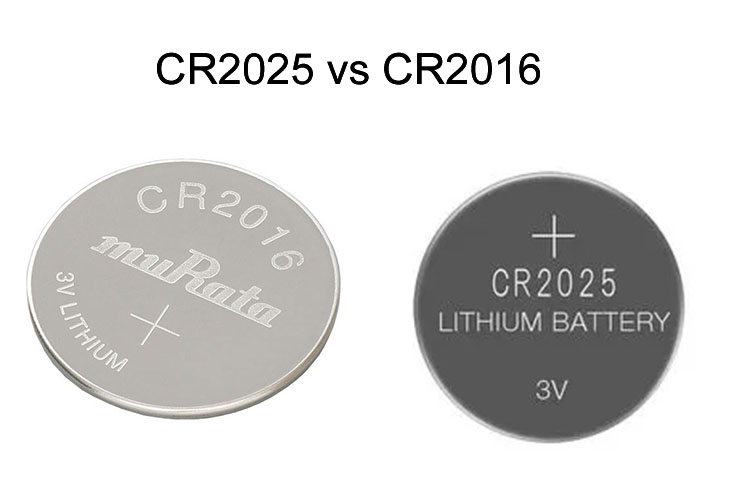 CR2025 vs CR2016: Which one you should choose ?5/8/2024 29
CR2025 vs CR2016: Which one you should choose ?5/8/2024 29CR2025 is a type of lithium coin cell battery. It's a small, round, flat battery commonly used in various electronic devices such as watches, calculators, remote controls, key fobs, and small electronic gadgets. The "CR" in its name stands for lithium manganese dioxide chemistry, and "2025" refers to its dimensions: 20mm diameter and 2.5mm height. These batteries are known for their long shelf life and stable voltage output, making them popular choices for low-power devices.
Read More >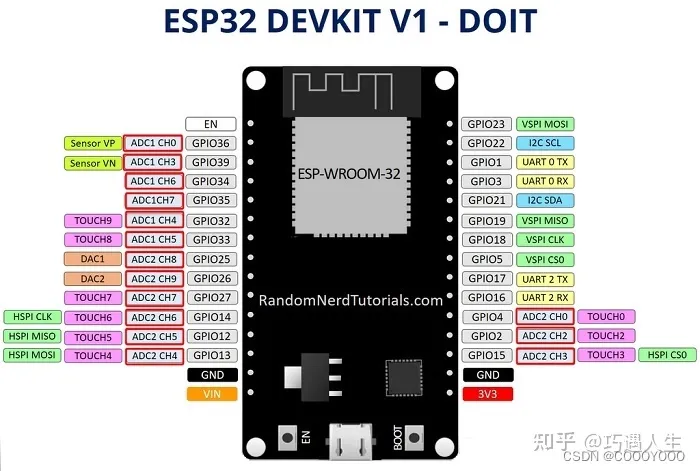 How to resolve the WiFi and ADC2 Sharing Dilemma?4/19/2024 47
How to resolve the WiFi and ADC2 Sharing Dilemma?4/19/2024 47ESP32-CAM can be used in various Internet of Things situations and is suitable for home smart devices, industrial wireless control, wireless Monitoring, QR wireless identification, wireless positioning system signals, and other IoT applications are ideal solutions for IoT applications.
Read More >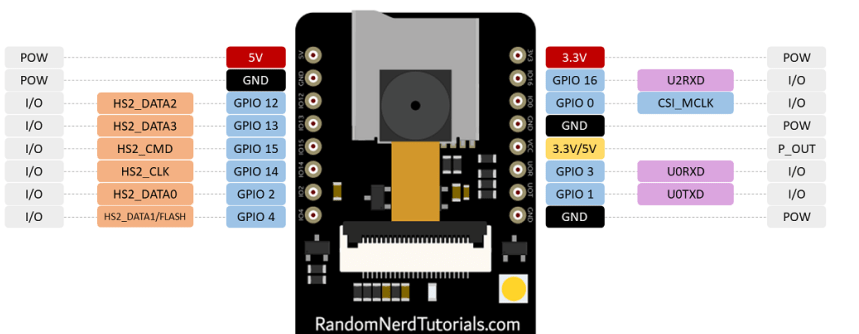 ESP32-CAM Pinout Explanation and How to Use?4/18/2024 134
ESP32-CAM Pinout Explanation and How to Use?4/18/2024 134ESP32-CAM is a development board with an ESP32-S chip, an OV2640 camera, a microSD card slot, and several GPIOs for connecting peripherals. ESP32-CAM is a small-sized camera module. The module can work independently as the smallest system, with a size of only 27*40.5*4.5mm.
Read More >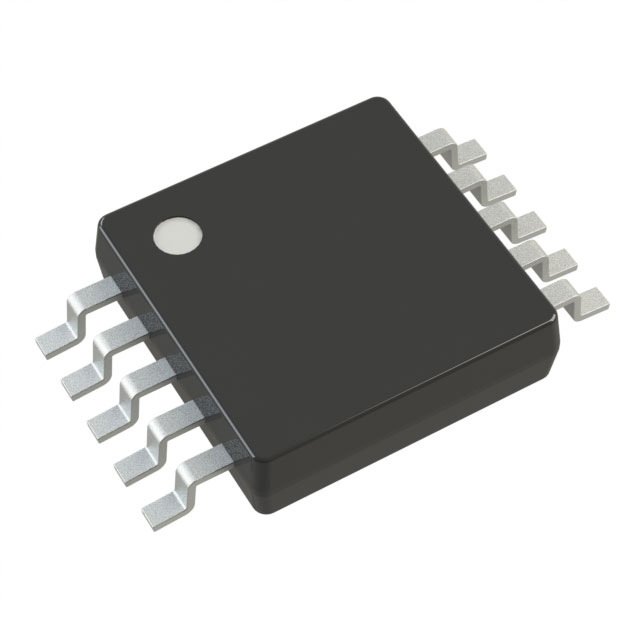 Stand-Alone Linear Li-Ion / Li-Polymer Charge Management Controller MCP738334/9/2024 71
Stand-Alone Linear Li-Ion / Li-Polymer Charge Management Controller MCP738334/9/2024 71The MCP73833/4 is a highly advanced linear charge management controller for use in space-limited, cost sensitive applications. Both a 10-lead, MSOP and a 10-lead, DFN packaging measuring 3 mm by 3 mm are offered for the MCP73833/4. In addition to its tiny size, the MCP73833/4 is perfect for portable applications because it requires a few additional components.
Read More >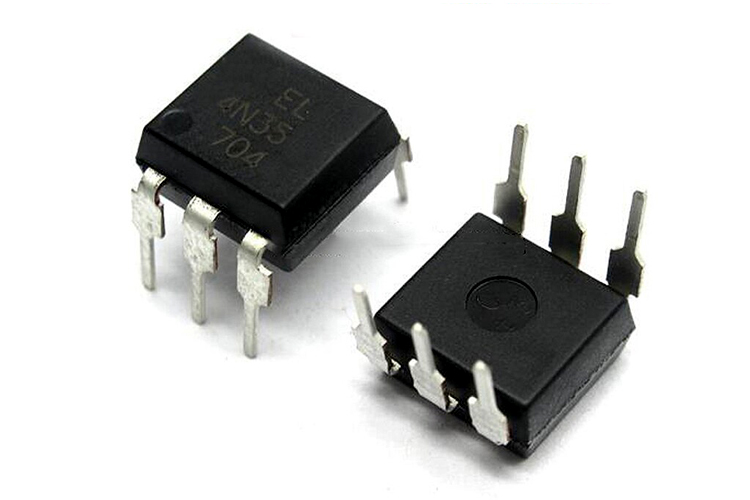 Optocoupler IC 4N35: Pinout, Datasheet, Features and Applications3/26/2024 130
Optocoupler IC 4N35: Pinout, Datasheet, Features and Applications3/26/2024 130In the realm of electronics, where connectivity and isolation are paramount, the 4N35 optocoupler IC stands as a beacon of reliability and versatility. This small yet mighty device plays a crucial role in ensuring signal integrity and safety across a wide range of applications. In this article, we delve into the intricacies of the 4N35 optocoupler IC, exploring its datasheet, pinout, circuit diagram, and diverse uses.
Read More >











